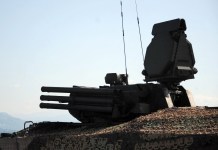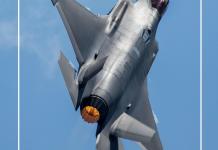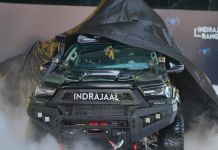In a show of force, the US Air Force (USAF) on April 16 reportedly dispatched F-15C long-range fighters, armed with live AIM-120C and AIM-9M Sidewinder missiles, from Kadena Air Base (KAB), Okinawa, Japan.
With US ‘Super Choppers’ On Radar, China Says Its ‘Future Helicopters’ Will Be Equipped With Ground-Breaking Technologies
Flights by the fighters carrying live air-to-air missiles are relatively rare, and the release of footage of such flights suggests an effort to signal an adversary at times of high tensions.
Recently, a military aviation blog published photos showing F-15C Eagles belonging to the 67th and 44th Fighter Squadrons, landing at KAB. The aircraft was returning from a 7-hour mission as part of Combat Air Patrols (CAPs) near Taiwan where China had conducted military drills coinciding with the visit of a US Congressional delegation to the island nation.
China sent frigates, bombers, and fighter planes to the East China Sea and the area around Taiwan on April 15 according to the People’s Liberation Army Eastern Theater Command spokesman Shi Yilu as cited by China’s state broadcaster.
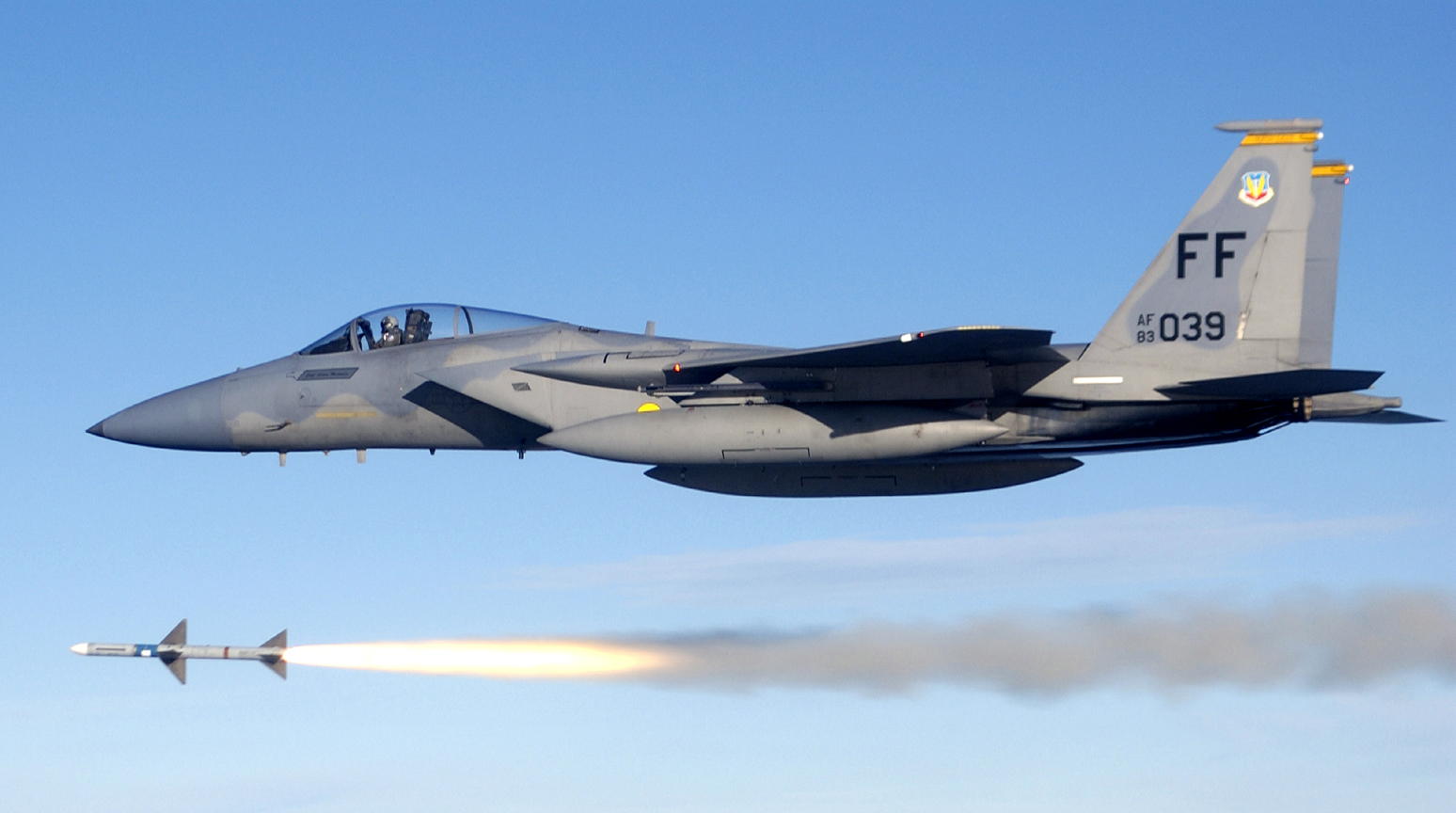
“This operation is in response to the recent frequent release of wrong signals by the United States on the Taiwan issue,” Shi said, without mentioning the visiting US lawmakers.
Also, shortly before that China announced the start of combat patrols by its most advanced J-20 Stealth fighter jet in the East China Sea and the South China Sea.
The J-20 is China’s first fifth-generation fighter meant to be an air superiority platform and an analog to the American F-22 Raptor – considered the world’s premiere stealth fighter jet.
While, the stealth feature of the aircraft poses a serious threat, it is doubtful if J-20s can put up much of a challenge to F-22s in terms of performance such as thrust and high-speed maneuverability.
“In terms of thrust to weight, maneuverability, and high-altitude performance it is unlikely to match up to the US or European air superiority fighters,” Justin Bronk, an aerial combat expert at the Royal United Services Institute told Business Insider in 2019.
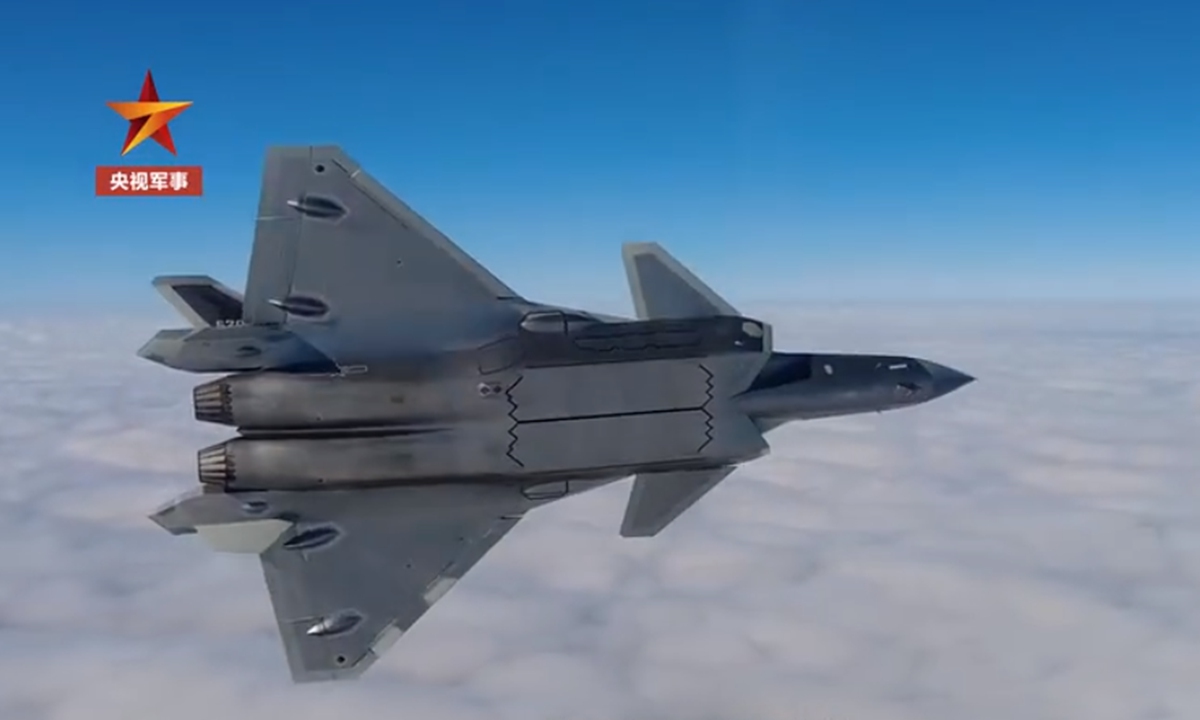
Engine Pitfalls
Also, engines have long been a pitfall for Chinese fighters as Beijing has been struggling to domestically produce jet engines that would offer fighters like the J-20 true fifth-generation capabilities.
“The engines are a significant limiting factor” in that they require inefficient use of afterburners and limit high-altitude performance, according to Bronk.
That brings us to F-15s which were meant to be replaced by F-22s but the latter’s production halted after less than four years in service and the existing aircraft are also set to be phased out, gradually.
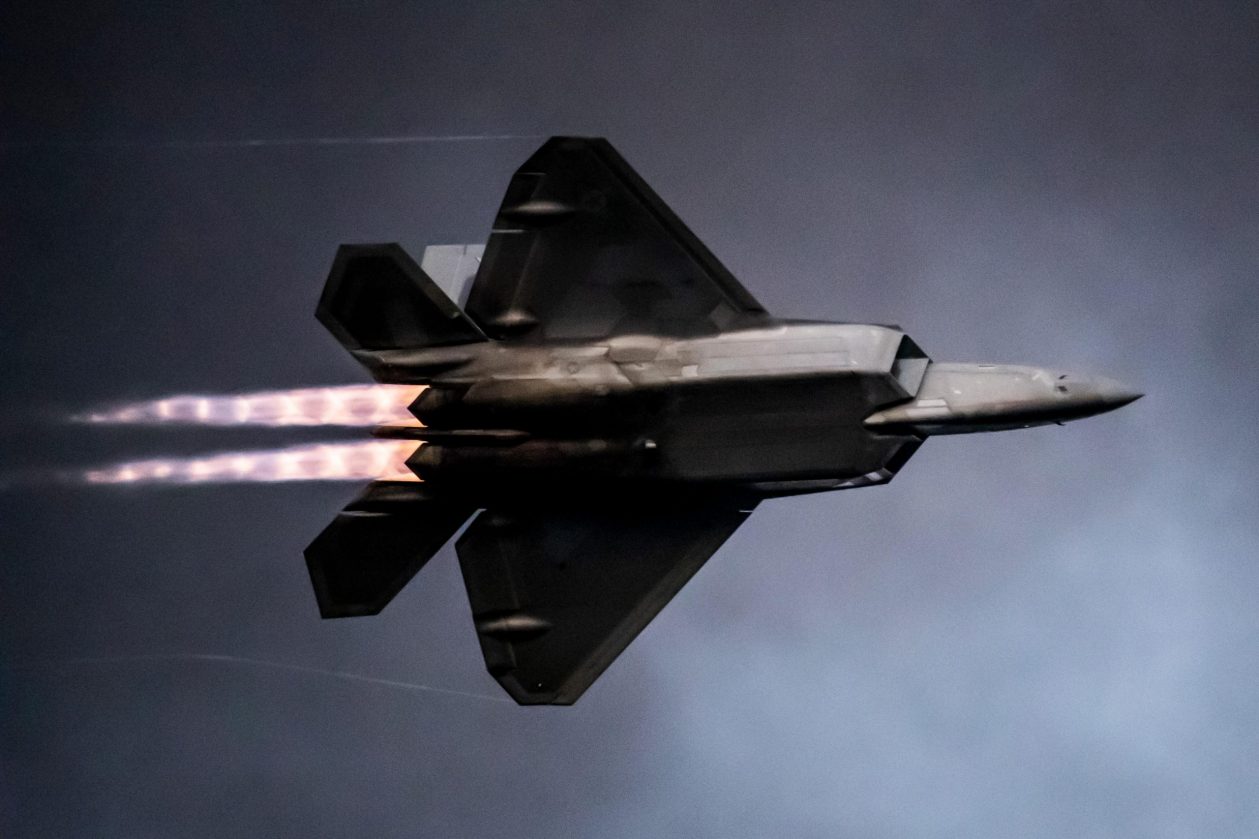
Therefore, the USAF’s aging fleet of around 220 F-15C/D Eagles remains heavily relied upon by the service for air-superiority capabilities, both at home and abroad, and while their replacement has begun to arrive in the form of the F-15EX, the original F-15C/Ds have also been continuously upgraded to keep them combat-relevant in the coming years.
The F-15C/D are also known to have a better thrust-to-weight ratio when compared to J-20 and they enjoy an unparalleled reputation as dogfighters who could leverage their superior thrust and excellent maneuverability to gain an advantageous position vis-à-vis the J-20 in a short-range combat engagement.
Beyond Visual Range Combat
However, considering the J-20’s low radar cross-section, the F-15 Eagle may have trouble detecting it at longer ranges, whereas, the J-20 with its advanced active electronically scanned array (AESA) radar should be able to easily detect non-stealthy F-15s.
So, F-15s would appear to be at a disadvantage in beyond visual range (BVR) combat, however, the continuing effort at maintaining their combat relevance has brought some upgrades to bridge this gap.
One of the F-15s pictured during the return from April 16 combat patrol reportedly carried a Lockheed Martin’s AN/AAQ-33 SNIPER ATP (Advanced Targeting Pod) for long-range visual identification purposes.
The Sniper ATP has traditionally been used for an air-to-ground precision strike and reconnaissance functions but the F-15C/D community adapted it for long-range visual identification purposes which involve identifying aircraft day or night dozens of miles away by slaving the optics to the radar.
The pilot can also manually steer the Sniper ATP’s camera or can cue it to their Joint Helmet Mounted Cueing System (JHMCS).
In addition to this, upgrades also include the addition of powerful AN/APG-63(V)3 AESA radars to detect targets at long range.
Above all, the F-15s from KAB in Japan are also known to have the Lockheed Martin ‘Legion’ Pod although none of the photographed Eagles had the Legion Pod equipped perhaps because it is still new to the 67th and 44th Fighter Squadrons who may be in the early stages of training to use it.
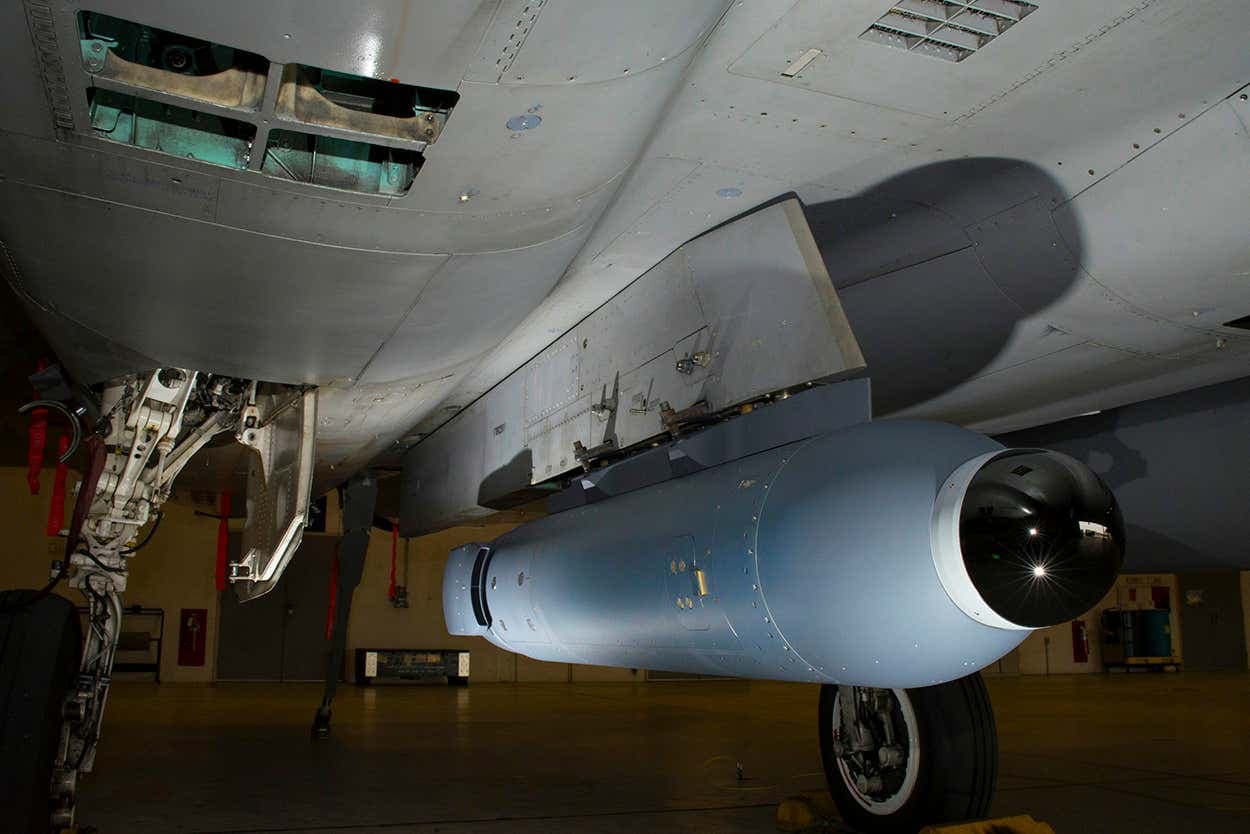
The Legion pod has an infrared search and track sensor (IRST) that offers the pilot a new way to detect and track multiple aircraft beyond visual range including ones that employ stealth technology such as the J-20.
The radar-evading design features on stealth aircraft do not affect the IRST, as it depends on the aircraft’s infrared signature alone.
The pod can also provide targeting information so the pilot can engage an enemy passively, without emitting any electromagnetic energy thereby eliminating the chance of alerting potential opponents that they’ve been detected, unlike radar which can give away the attacking aircraft’s presence and even its location.
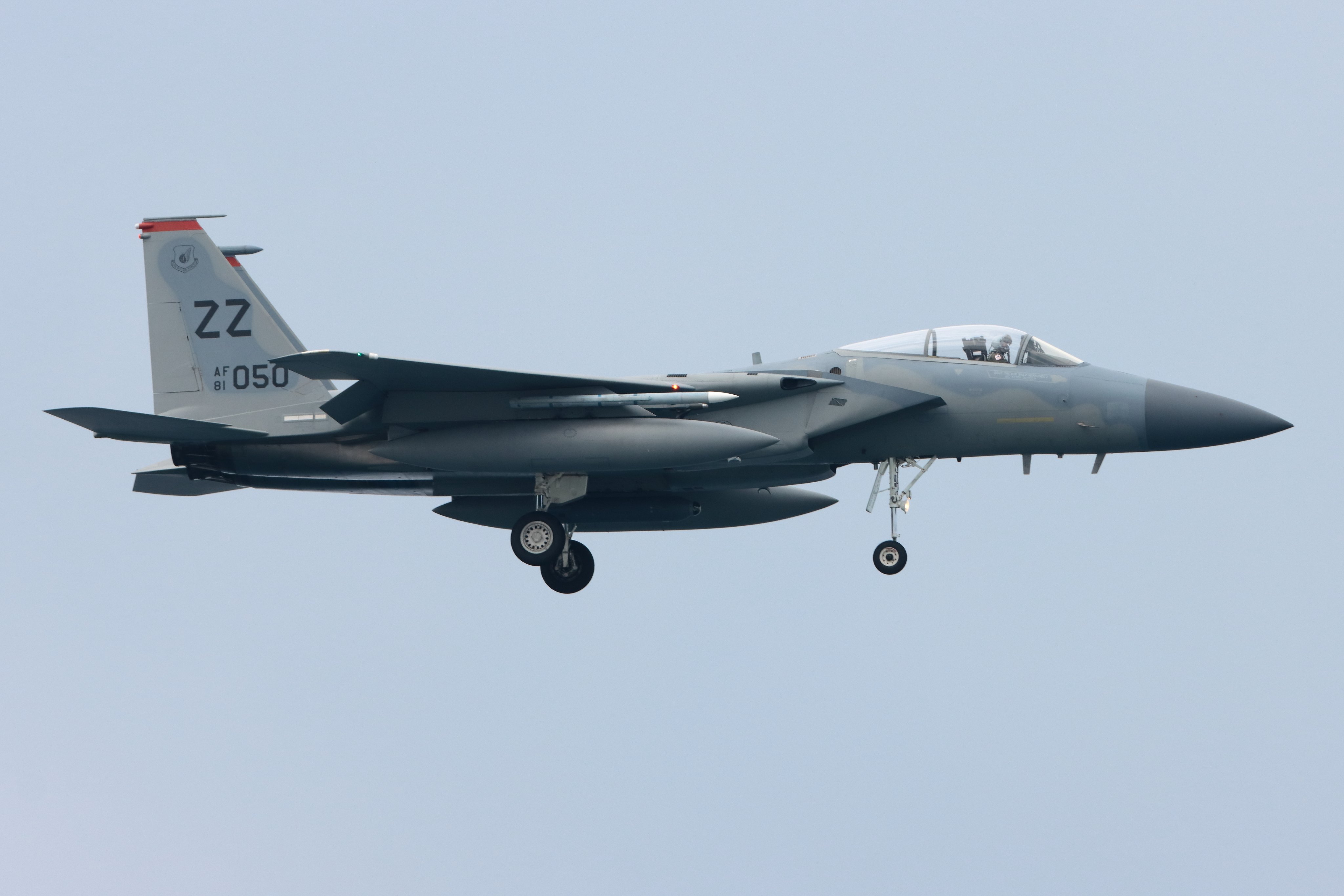
The targeting data can also be combined with information from other sensors, and especially other aircraft carrying IRSTs, for a more accurate ‘fix.’
Furthermore, the IRST provides an alternative to the radar in electronic warfare-heavy (jamming) combat environments in which the Eagle’s AN/APG-63 radar could be degraded by an electronic attack.
- Written by Tanmay Kadam/EurAsian Times Desk
- Contact the author at etdesk@eurasiantimes.com
- Follow EurAsian Times on Google News

